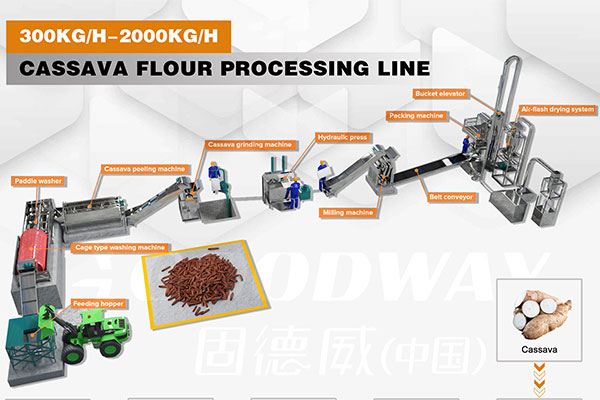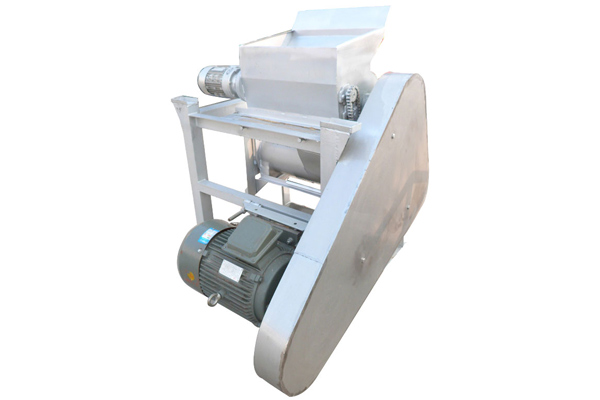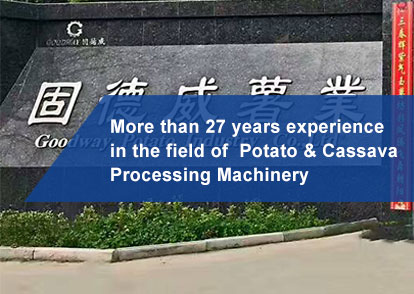Starch drying is the last step in the conventional starch production process. The moisture content of dehydrated starch is between 35% to 45%, which makes it not suitable for long-term storage or transport. Therefore the starch must be dried, otherwise it will go bad easily. There are three drying methods currently.
1. Take out the starch manually and let it dry naturally
Advantages: small investment, simple method, suitable for small-scale processing.
Disadvantages:
1) Time consuming, requiring more labor input and high cost.
2) It is greatly affected by weather change.
3) Dust and bacteria cannot be isolated and sanitary conditions are not guaranteed. It is not recommended to choose for processors.
This method is only suitable for small-scale users to process. Once the processing amount is large, the starch cannot be dried in time or if the weather is bad, it cannot be dried at all, resulting in starch deterioration and serious loss.
2. Drying room for starch drying
Advantages: small investment, not affected by the weather, more hygienic, can also be used for drying vermicelli.
Disadvantages:
1) The quality is not easy to control, the product can be dry outside and wet inside.
2) The temperature is not easy to control, and the starch is can be partially gelatinized.
3) Drying efficiency is low, time-consuming and labor intensity is high.
3. Mechanical starch drying
It refers to the specialized cassava flour dryer and the currently commonly used one is the air flow dryer. Its working principle is that the granular solid materials are dispersed and suspended in the high-speed hot air flow and dried under the pneumatic conveying. The starch particles are small, delicate and clean.
Advantage:
1) It is suitable for large-scale industrial production and its processing speed can be 50kg / h to 2000kg/h.
2) The equipment has high drying intensity and evaporation capacity.
3) The drying time is short, and the finished product does not touch the outside world, which can effectively avoid secondary pollution.
4) Energy saving and high efficiency, not affected by natural conditions.

The biggest difference between the starch dried by artificial drying or drying room and starch dryer is that the former two are low-temperature dried starch, and the finished product is granular powder with high moisture content. The first two drying methods need special drying shed or drying field, and have low efficiency. Although mechanical drying equipment is expensive, in the subsequent production process, it will show unique advantages: automatic control, high processing efficiency, good starch quality, short time, labor and site saving, and long service life.
Enable GingerCannot connect to Ginger Check your internet connection
or reload the browserDisable in this text fieldRephraseRephrase current sentenceEdit in Ginger

 EN
EN
 fr
fr  es
es  it
it  pt
pt 








